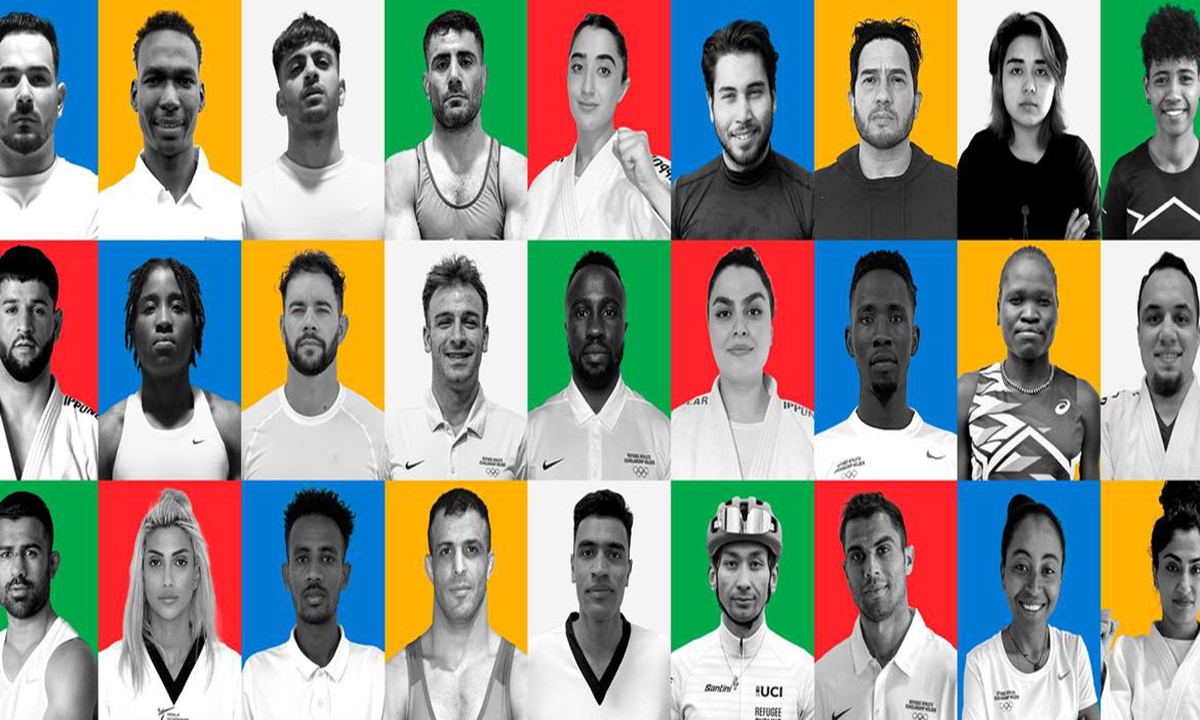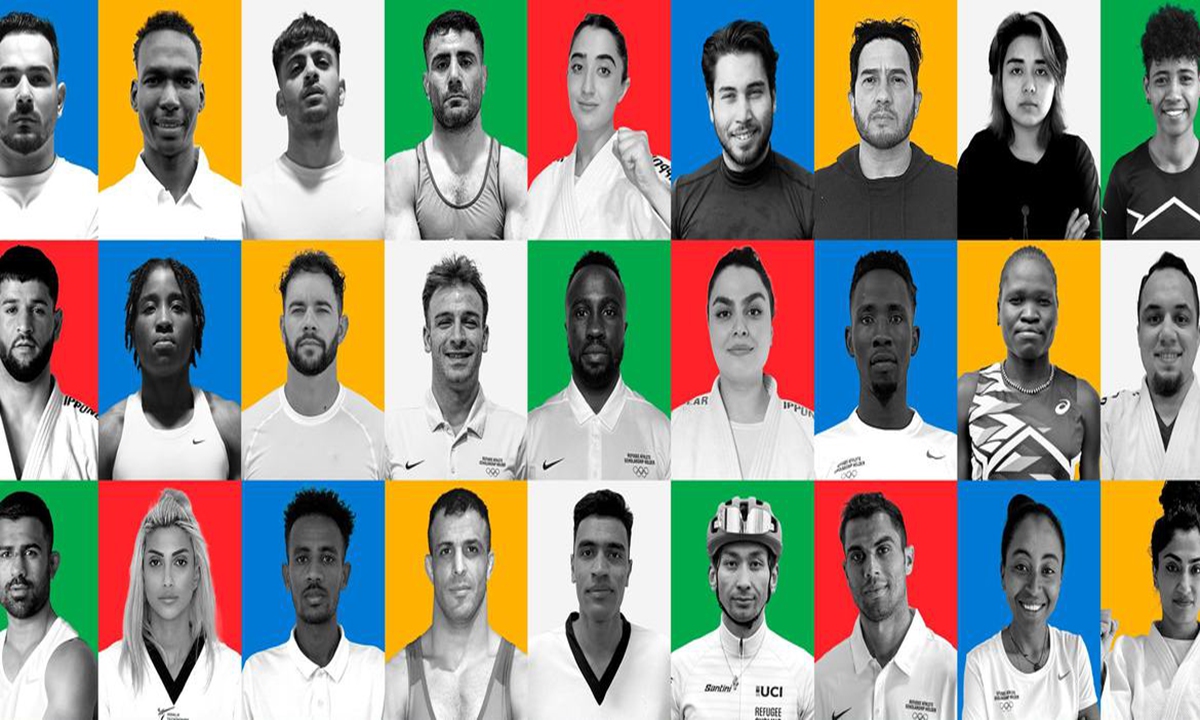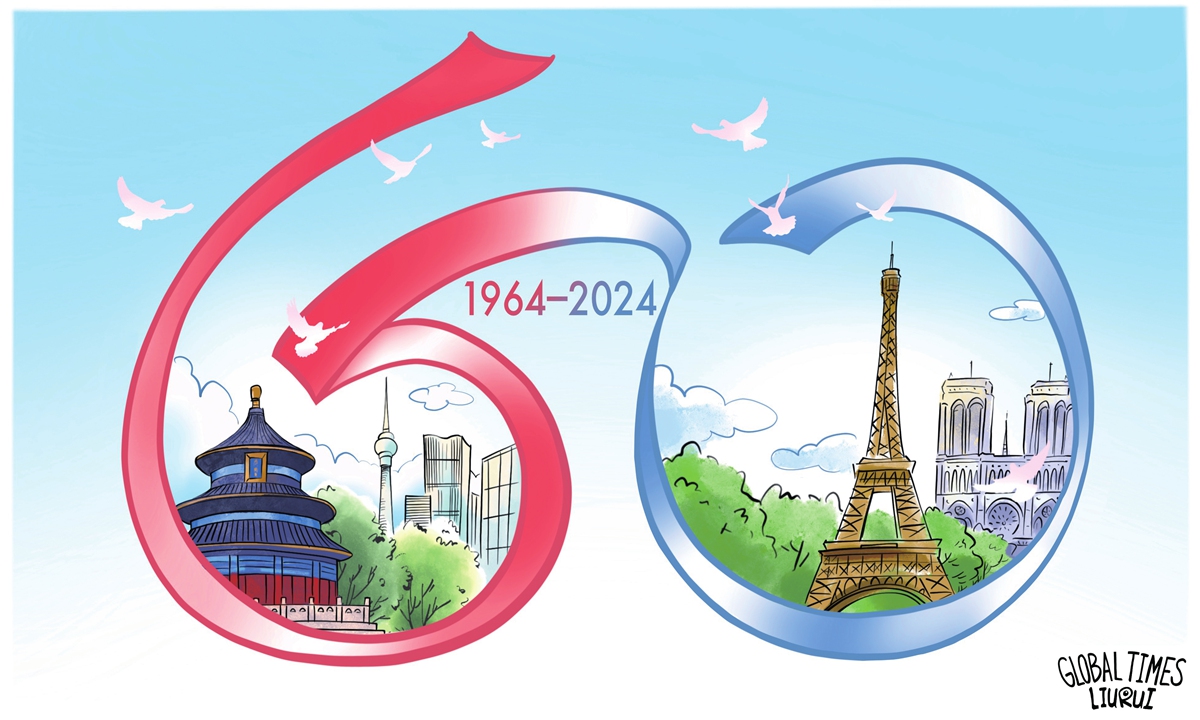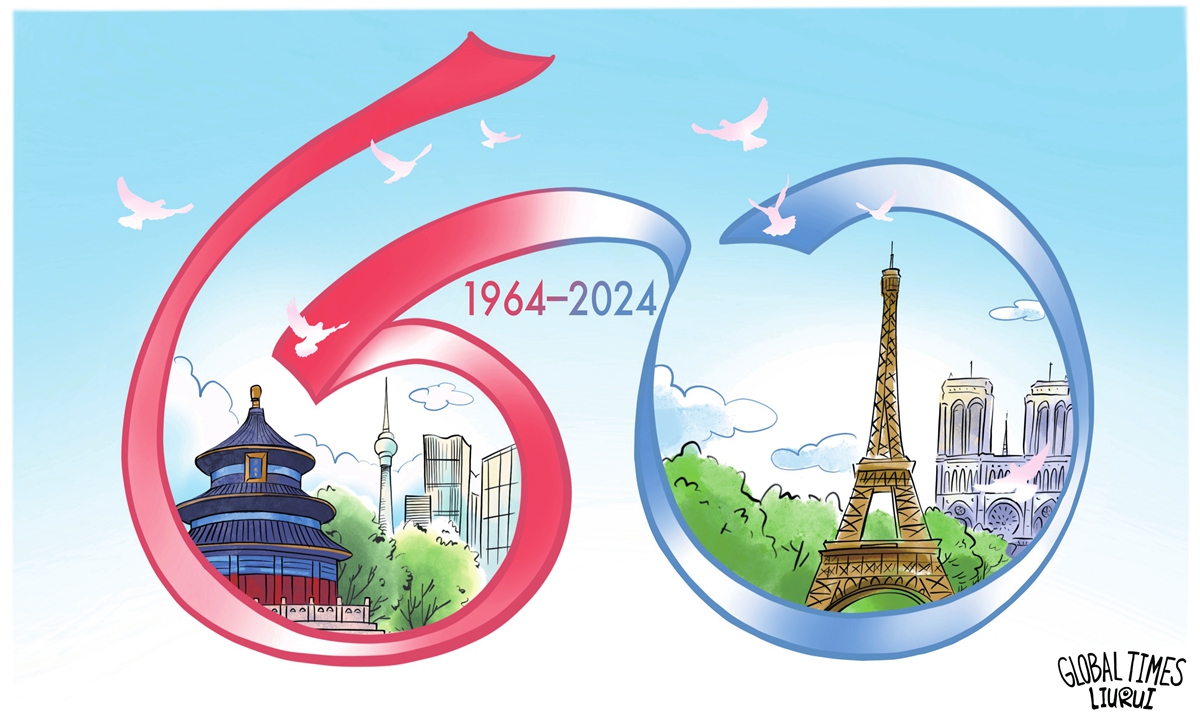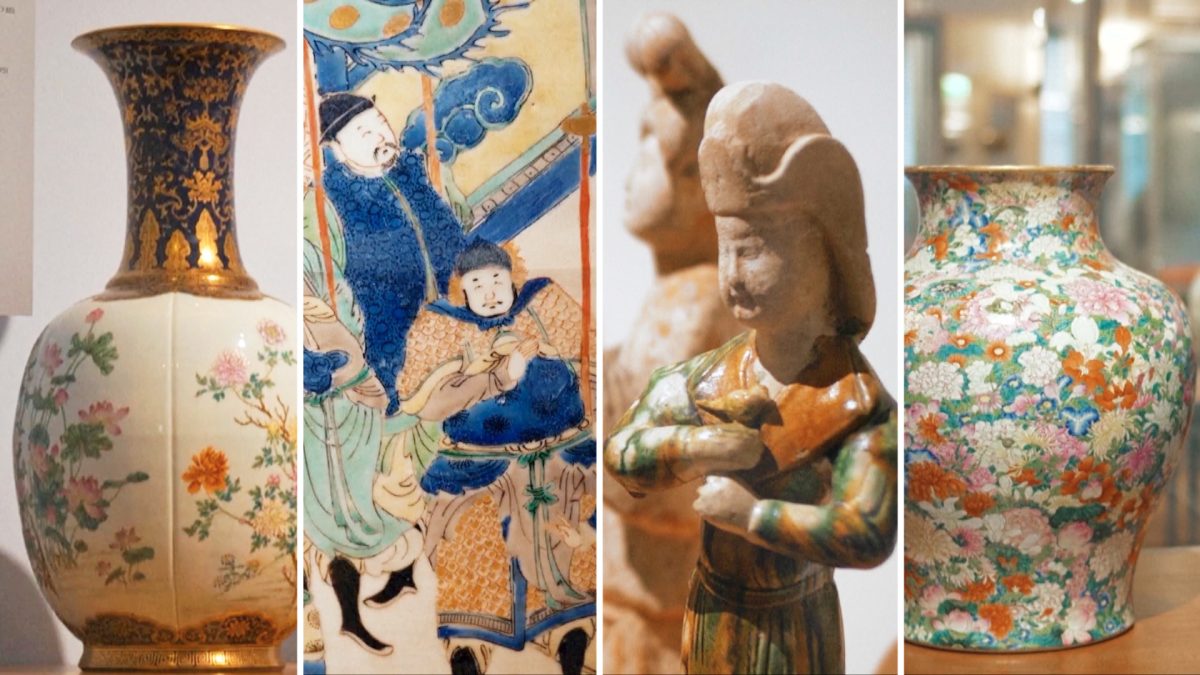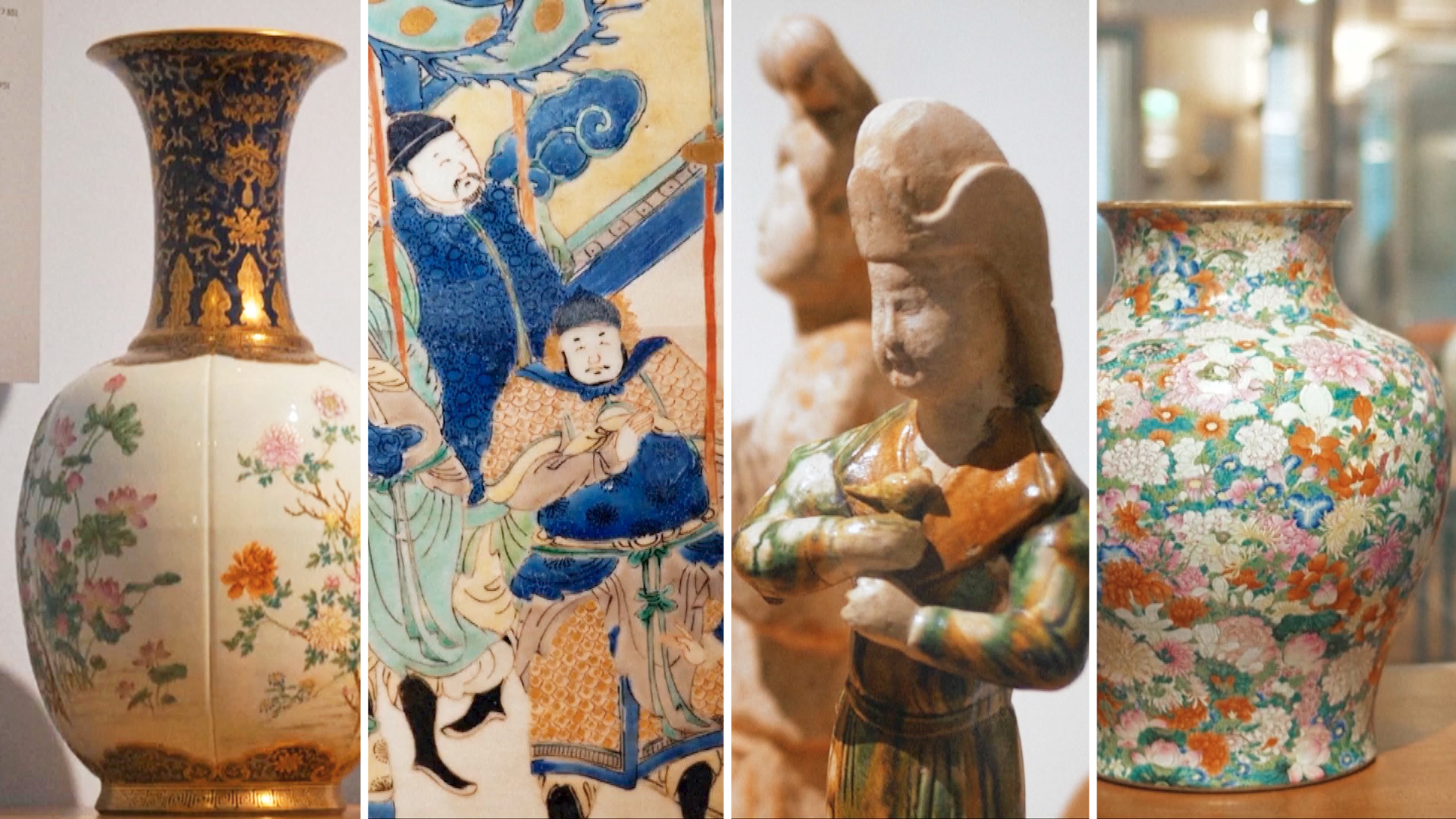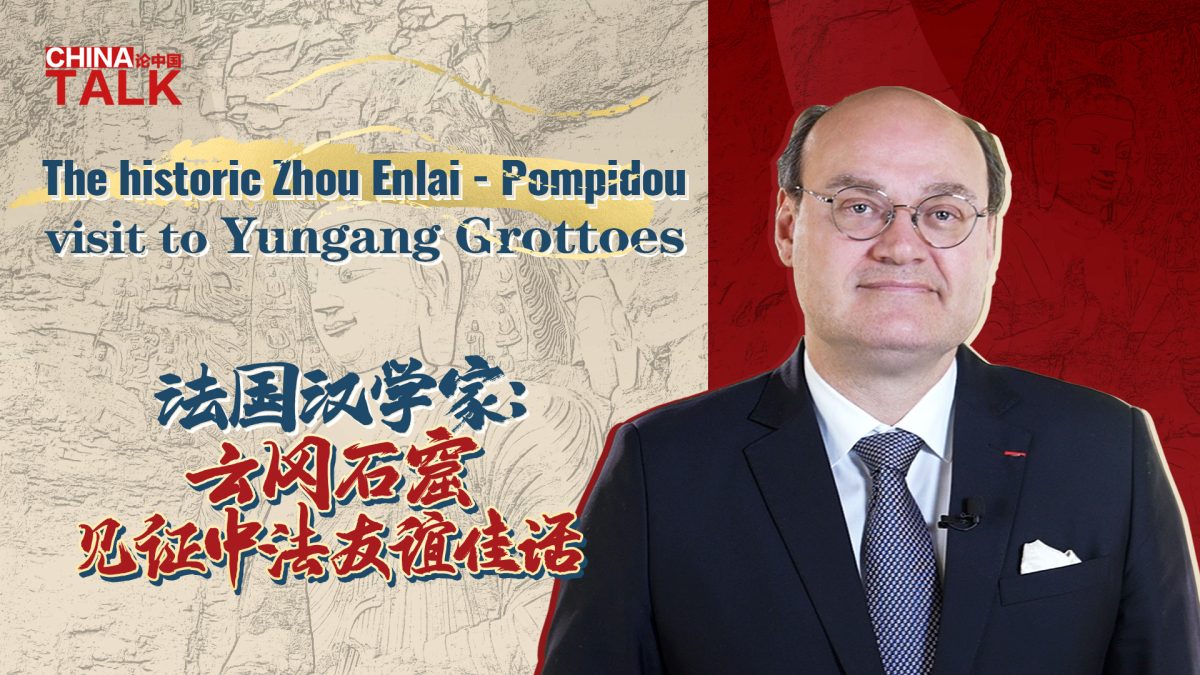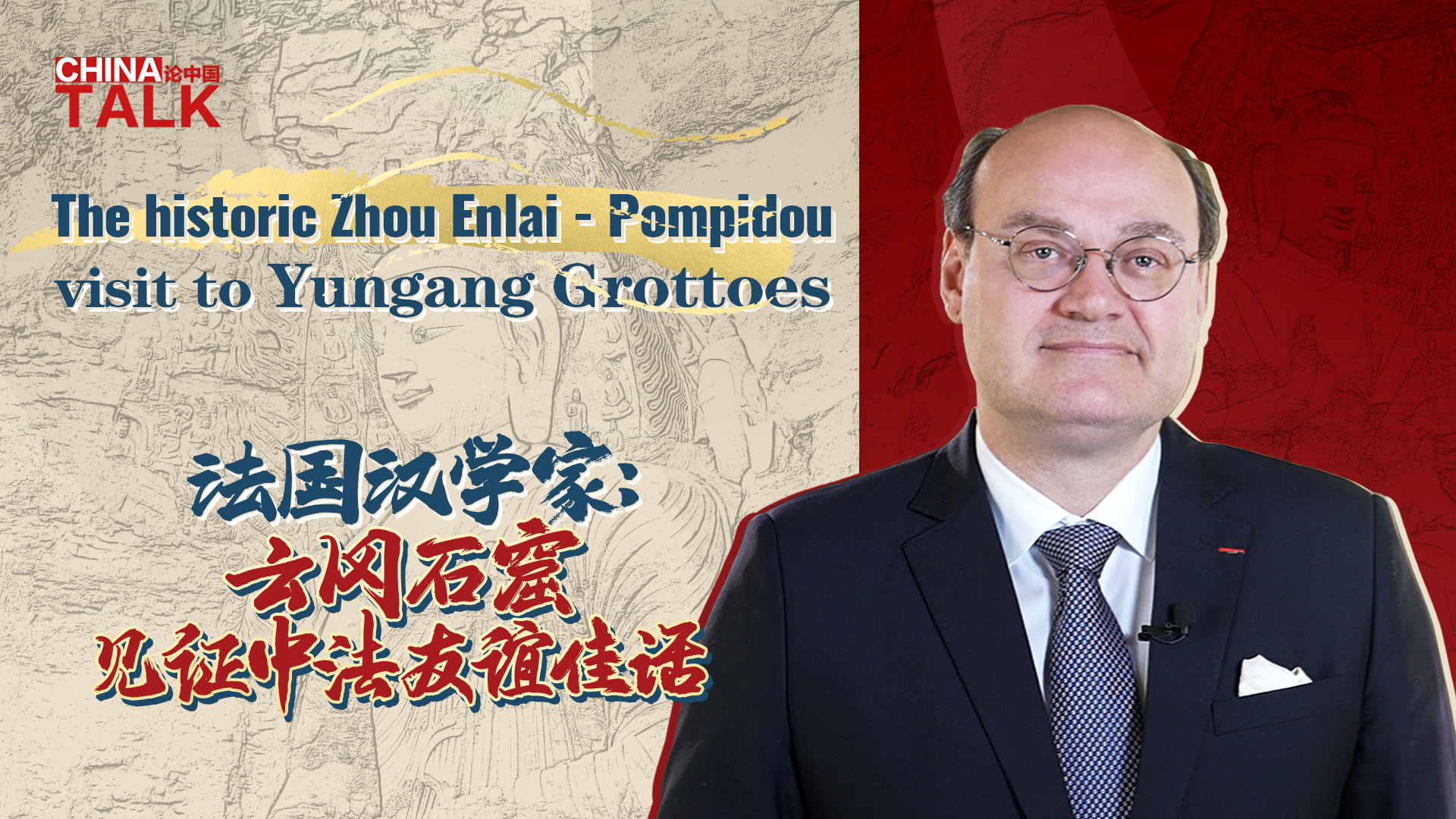Cultural exchanges between China and other countries are booming, with an increasing number of visiting international exhibitions. As part of our “Art Without Boundaries” series, our reporter Wang Siwen talks to Miguel Falomir Faus, the director of the Spanish national art museum, the Museo Nacional del Prado, which has just brought its largest collection to China.
07:42
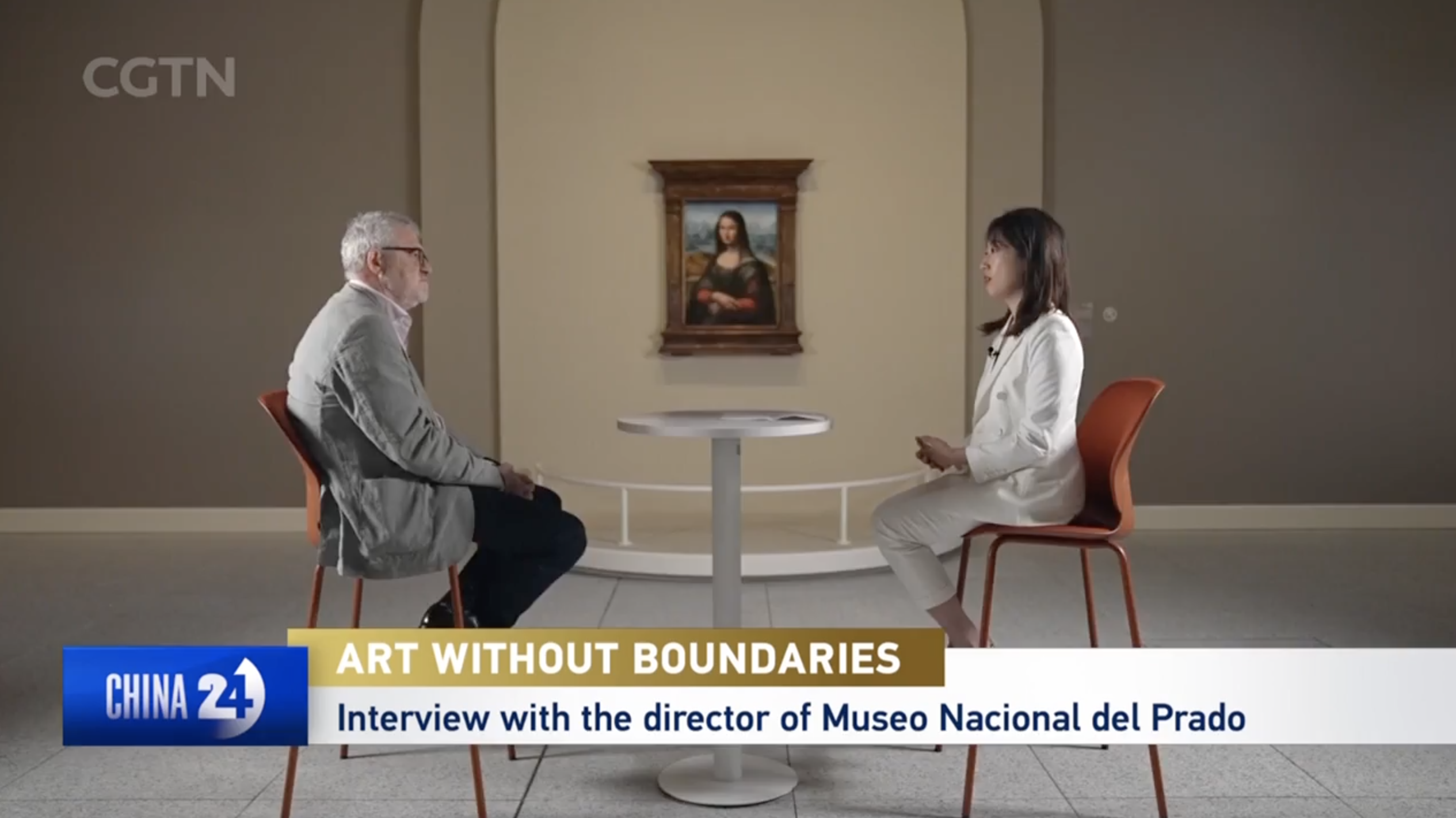
Reporter: This is the first cooperation arrangement between the Prado Museum in Madrid and the Museum of Art Pudong. This exhibition showcases a mix of Chinese and Western cultures. So, why choose Shanghai for this exhibition?
Faus: It’s important to be here. It’s important to show to the Chinese public, the paintings that we have in the Prado. We have had growing numbers of Chinese visitors every year. So for us, it’s quite important to be part of the vibrant artistic scene that we see in this city.
Reporter: Contact between China and Spain can be traced back to the Ming Dynasty, when Diego de Pantoja met Emperor Wanli in 1601. What kind of chemistry happens when two different cultures, from East and West, meet each other?
Faus: Actually, contact started before Pantoja, when the Spaniards arrived in the Philippines in the 1560s from Mexico, and the relationship between China and Spain started then. There were many differences – political differences, cultural differences, religious differences – but there were also points in common. In the end, for human beings, it doesn’t matter where and when we share, there is always fear, passion, and love. That’s the point, and what allows communication between different cultures.
Reporter: The Prado Museum is very active on social media, and it clearly has a digital strategy. On TikTok, the museum has nearly 600,000 followers. What results have you seen after making the Prado collection accessible online?
Faus: We are the museum with the most followers in TikTok in the world, double our nearest rival. I remember the first day that the person in charge of social media came to my office and told me about a new a social media platform called TikTok, which he thought might be interesting for us to use. The only problem was that they’re very short. I remember my answer. If you are able to encapsulate something of interest in 60 seconds, then go ahead. He did. And since then, he has proved to everyone that you can convey very interesting subjects within a very short period of time. It’s an amazing way to get in touch, mostly with the younger audience. Our public is becoming younger and younger, in many ways thanks to TikTok.
We have also worked with some Chinese social media platforms and some influencers from China. We have had a lot of success in doing so in the past.
Reporter: Spain has many museums but the Prado, which opened in 1819, is one of the most popular, with three million visitors per year, and over half of them overseas tourists. How do you make sure it remains attractive after so many years?
Faus: What makes the Prado different from other museums of Western art is the fact that it is the former royal collection, so it’s not a museum created or designed by scholars like so many others. The kings and queens of Spain in the past, they just collected what they like, they didn’t collect what they didn’t like. So that explains why the Prado Museum has been called “a museum of painters” rather than of paintings, because we have the largest collections of paintings by Bose, by Raphael, by Rubens, by Velazquez, by Goya. That provides the public with an immersive experience that you can’t find in any other museum.
Reporter: Internationally, how can museums draw more visitors?
Faus: Big museums serve three purposes – they are international institutions, they are national institutions, and they are local institutions. So, we have to see how to satisfy these three different audiences. It’s not always easy to make it compatible to all these different kinds of visitors. I think this is a challenge that all big museums are facing in the world.
Reporter: It is said you had twice rejected the opportunity to be the director of the Prado Museum before you took up the role in 2017. What made you change your mind?
Faus: I studied the history of art. I like to think of myself as a scholar devoted to Italian Renaissance art. In the end, I accepted the role just because I love the Prado. I couldn’t see myself directing any other museum. I have a professional and personal commitment to the institution.
Reporter: You are a curator, a scholar, a person who loves and knows art, in particular Italian Renaissance paintings. What’s your mission as the director?
Faus: The paintings are there, and the paintings are always the same. It’s society that’s changing. My main concern is how to answer the question why the Prado still matters, trying to provide our visitors with the tools to understand why the Prado is important, and why it is one of the most important collections of Western art in the world. That’s my main task.
Reporter: You once said, and I quote: “After hundreds of years, the empire was swept away and the only thing left is the Prado.” What’s so unique about the Prado? What personal bond do you share with the museum?
Faus: Spain right now is a small country. It’s not among the most powerful countries in the world as it was centuries ago. When you see all the richness and power, the glory – it’s all gone. In the end, what remains? It’s the art. That’s why through the collections at the Prado, you can learn about the history of Spain. One of the most distinctive features of the Prado is how closely it is connected with the history of Spain. I think that’s what we are doing with this exhibition in a very successful way.
Reporter: And lastly, I know it’s probably impossible, but I still need to ask – is there any chance we will be able to see (1656 Velázquez painting) “Las Meninas” in China?
Faus: Sadly, I have to say that it’s not going to be possible. It’s one of the very few paintings that cannot leave the Prado. There is also a list of paintings that due to their fragility or their importance cannot leave the Prado. “Las Meninas” is at the top of that list. It’s our most treasured painting, and the most iconic work that we have. It’s also a very large painting and not easy to move. But that provides people from Shanghai with a good reason for visiting us in Madrid.
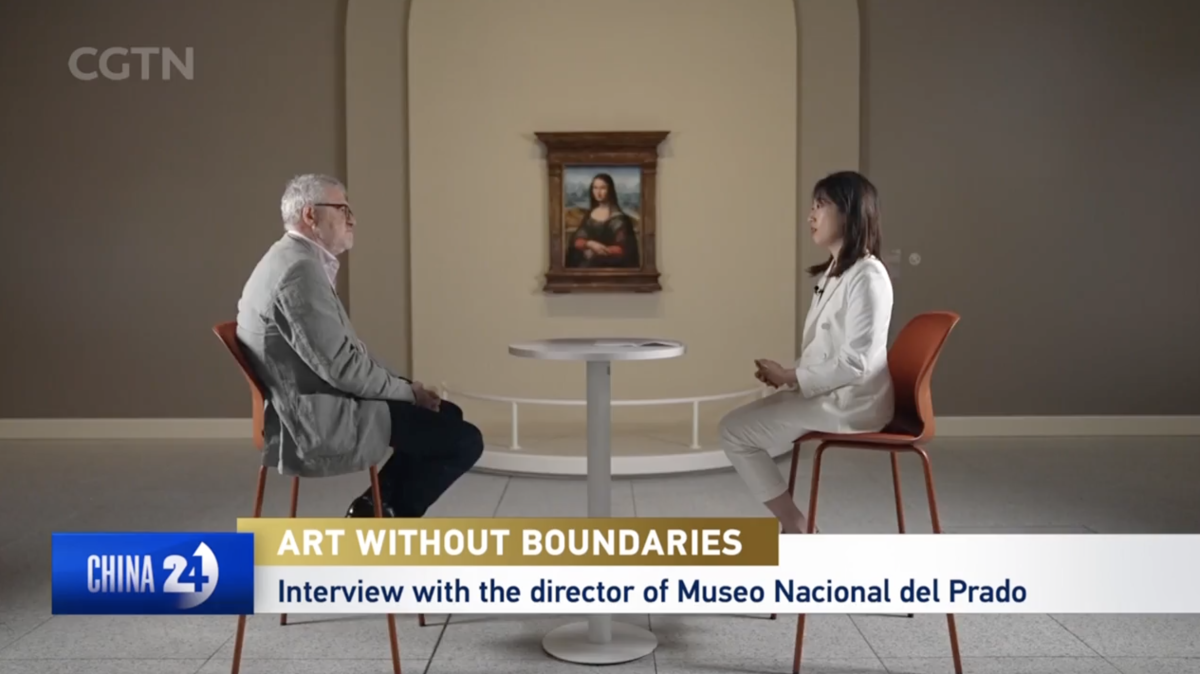
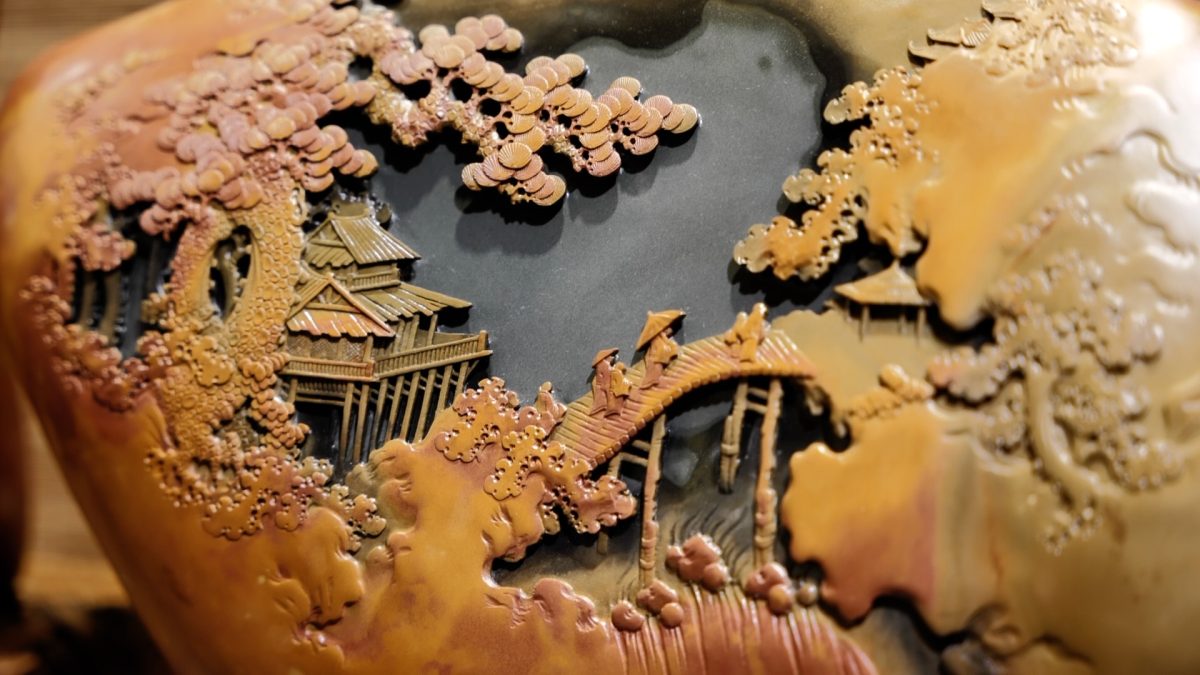
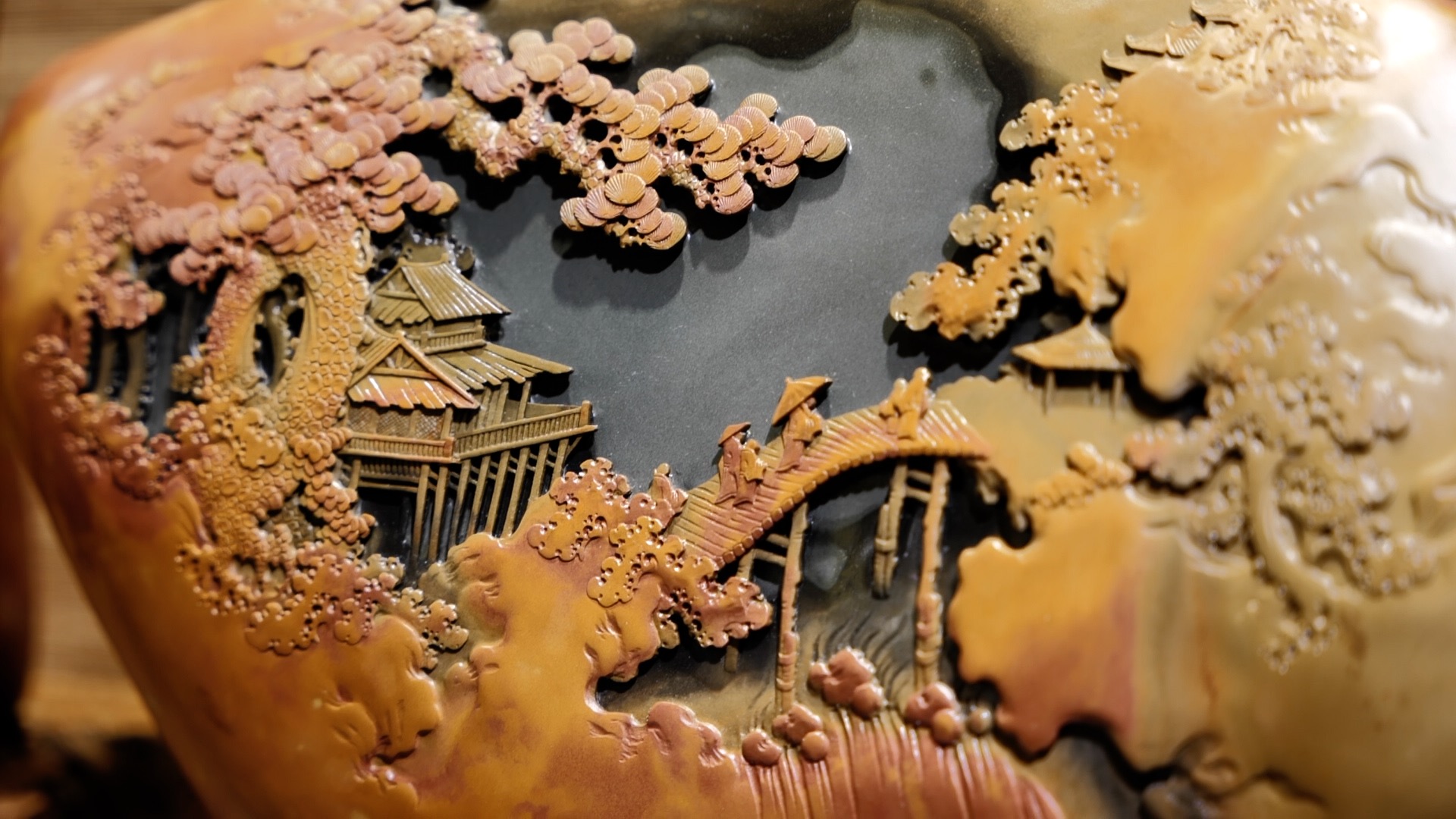
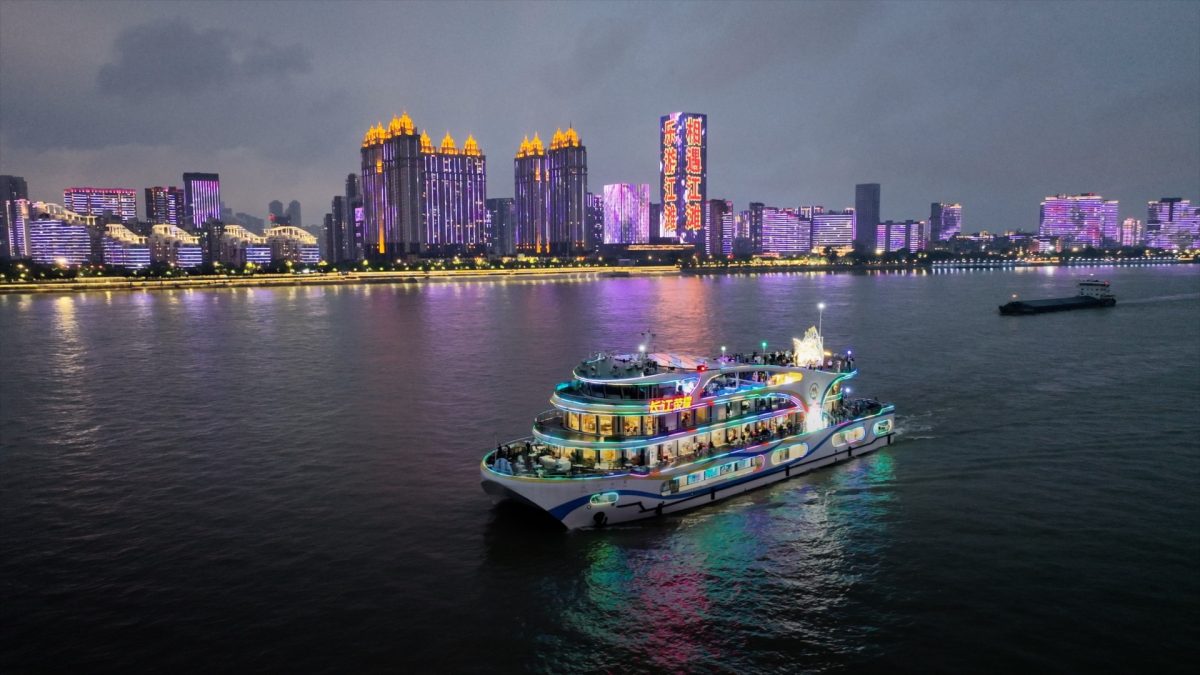
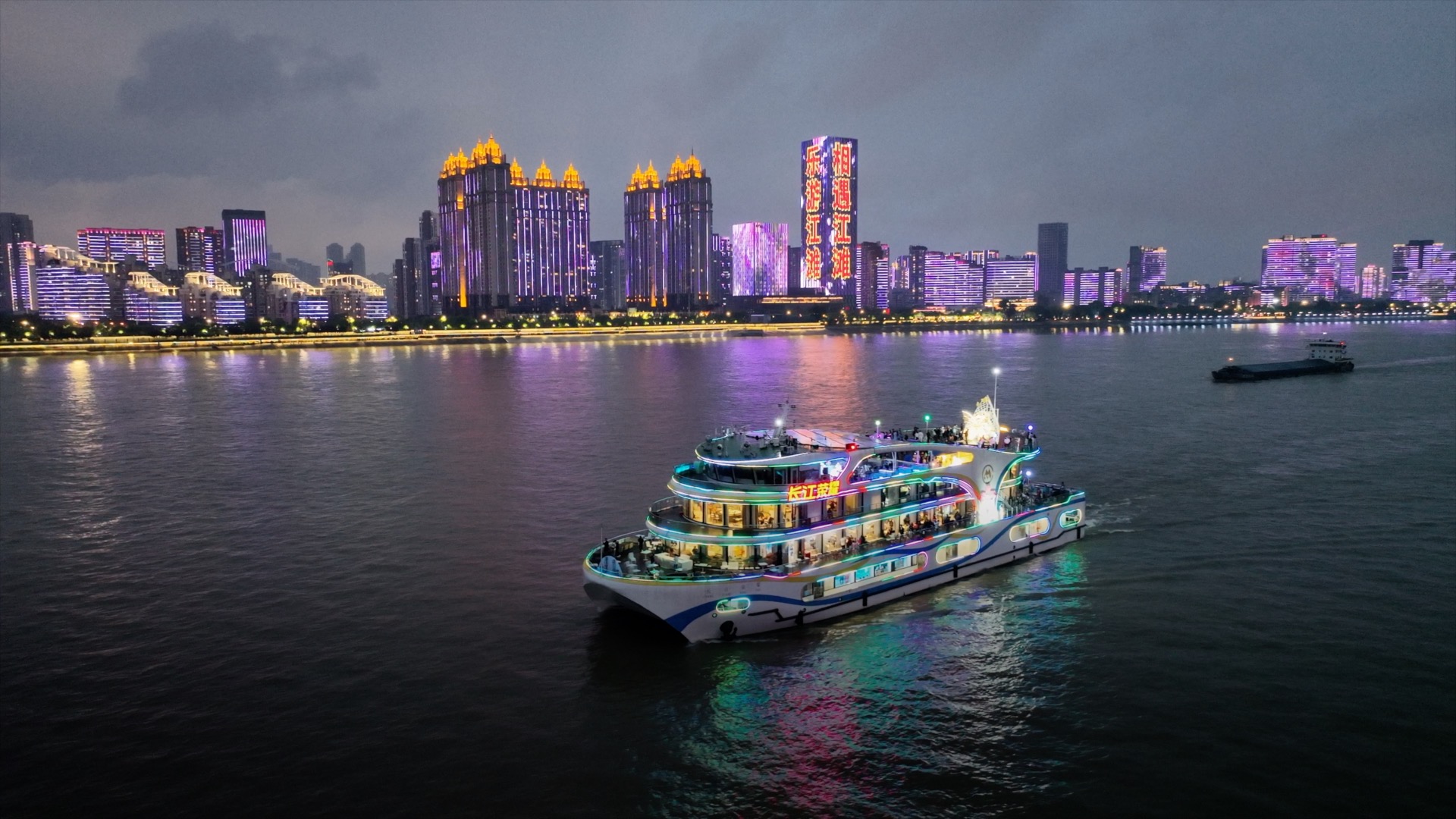
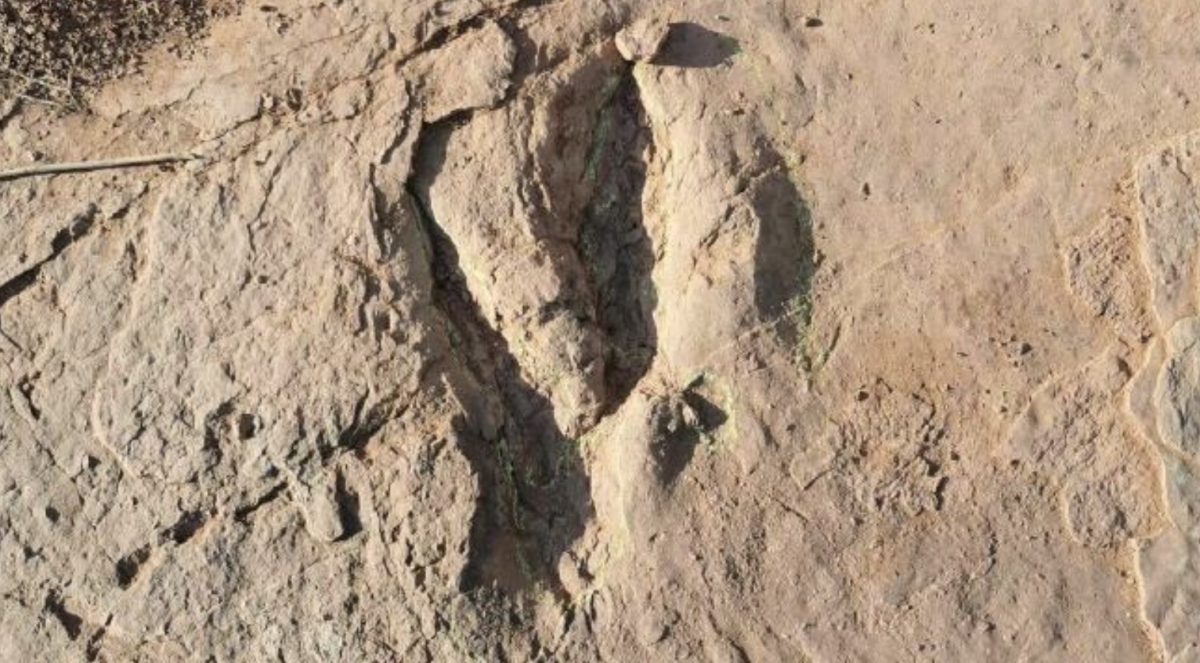
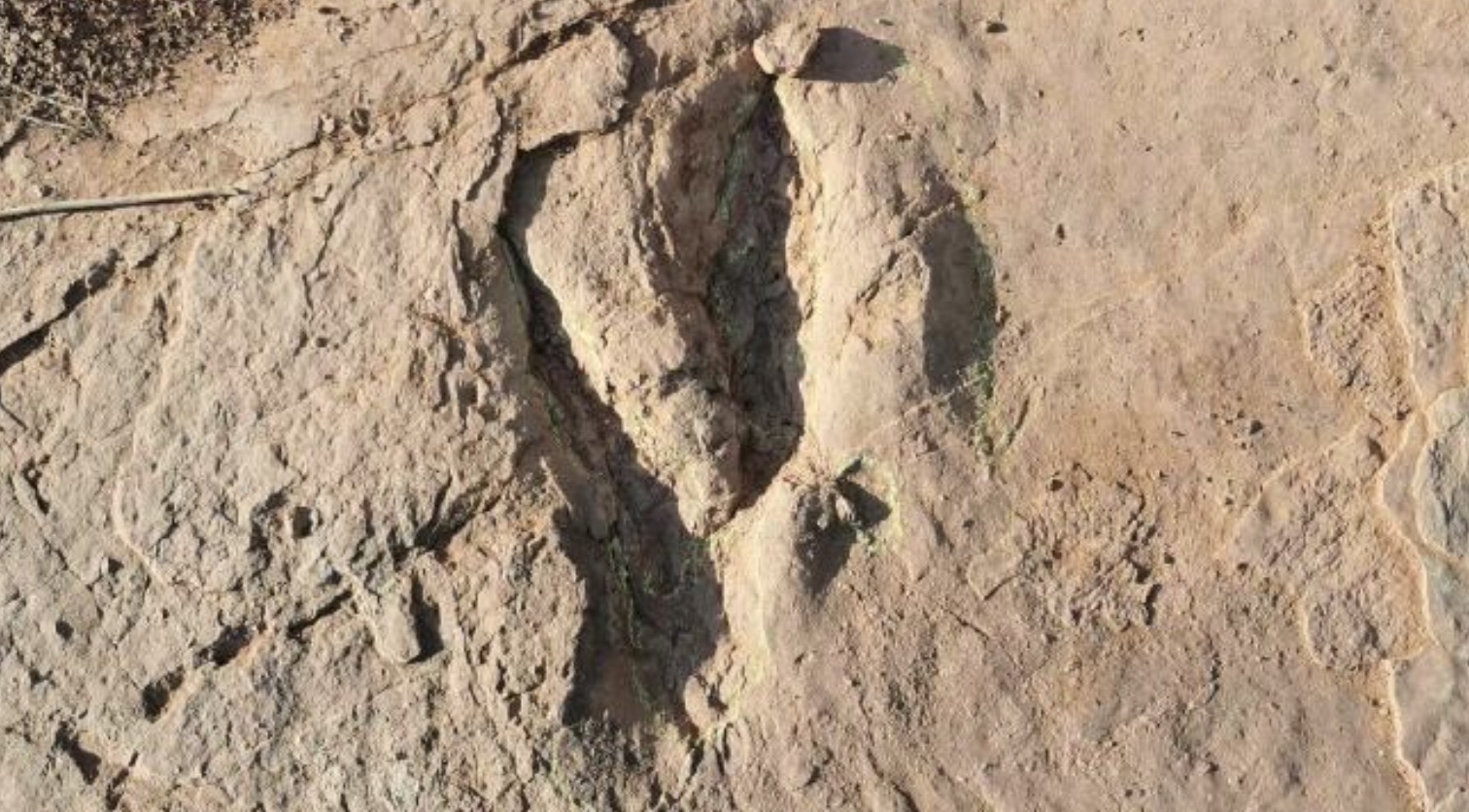 A dinosaur tracksite discovered in Lincheng Town, Longyan City, southeast China’s Fujian Province. /CMG
A dinosaur tracksite discovered in Lincheng Town, Longyan City, southeast China’s Fujian Province. /CMG 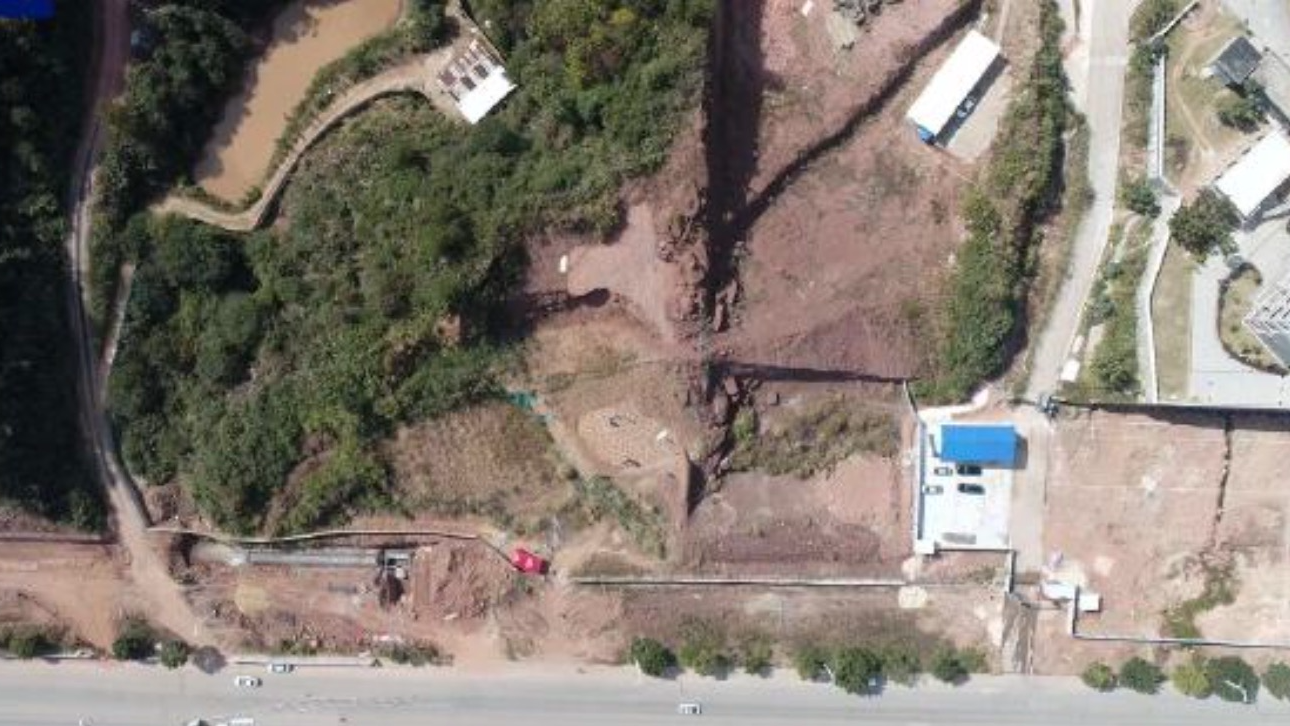 A dinosaur tracksite discovered in Lincheng Town, Longyan City, southeast China’s Fujian Province. /CMG
A dinosaur tracksite discovered in Lincheng Town, Longyan City, southeast China’s Fujian Province. /CMG 